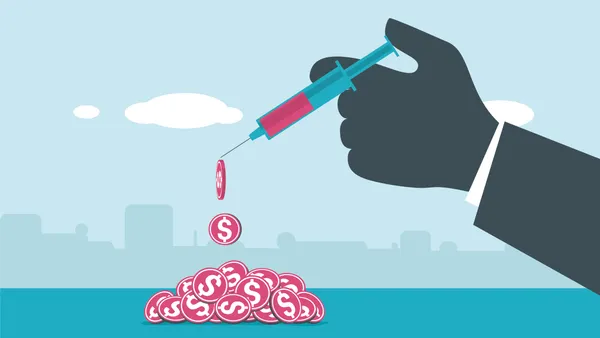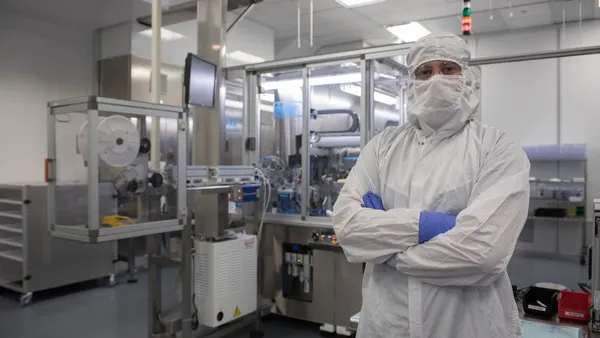In an effort to stave off costly production setbacks for otherwise profitable drugs, Big Pharma is turning to a wider manufacturing footprint and cutting-edge technology as companies struggle to meet demand for therapies that treat diseases like cancer, diabetes and obesity.
This week, two major drugmakers took steps to up their manufacturing game. Eli Lilly went the acquisition route, purchasing a Wisconsin facility for injectable medicines. Although the company hasn’t said whether it will make diabetes and weight loss blockbusters Mounjaro and Zepbound there, the facility fits the bill for those kinds of medicines, which have been in high demand and short supply around the world.
Lilly’s acquisition followed several big moves from its diabetes and weight loss competitor Novo Nordisk — maker of Ozempic and Wegovy — which late last year bought an Irish manufacturing plant from Alkermes for $92.5 million and in February went all in to acquire the leading contract manufacturer Catalent for $16.5 billion.
With the windfalls that Novo and Lilly have come into from sales of the drugs, the opportunity to spend cash on increased manufacturing capabilities aligns with the strategy to reach a wider swath of patients.
Although Lilly CEO David Ricks called the deal “unusual,” the company, which had a contract with Catalent before Novo’s takeover, appears to be taking a page out of Novo’s book with its latest deal.
Technology over space
This week’s other manufacturing deal went in a different direction. Seeking a way to improve cell therapy manufacturing, which has often been a bottleneck in treating some of the toughest cancers, Bristol Myers Squibb opted for a startup’s technology rather than sheer manufacturing space.
Partnering with Cellares in a deal worth up to $380 million, Bristol Myers will leverage the startup’s automation of the cell editing process to make manufacturing less expensive and more efficient.
Bristol Myers has two cell therapies on the market: the lymphoma treatment Breyanzi and the multiple myeloma therapy Abecma. But with more cell therapies coming to the market year after year, the industry is facing a potential capacity crunch with the number of manufacturing facilities falling short of demand, particularly for autologous therapies that involve editing one patient’s own cells.
But the Bristol Myers-Cellares partnership signals that the industry is correcting course with smaller companies developing technology that can reduce the time and cost needed to get these therapies to patients.
Beyond cell therapies and diabetes medications, drug shortages have been a major problem in the U.S. The first quarter of 2024 marked a new high of 323 drug shortages, according to a recent report from the American Society of Health-System Pharmacists. In 2023, 60% of manufacturers would not provide a reason for the shortage (or didn’t know) while 12% each cited supply/demand, manufacturing or business decisions. Only 2% were the result of a raw material issue, according to the ASHP.
The White House has issued a plan to create two NGOs to rate manufacturers and hospitals on their supply chains and ability to avoid future shortages. But critics have said the plan falls short of mandating quality products, which is one of the major sources of shortages.









